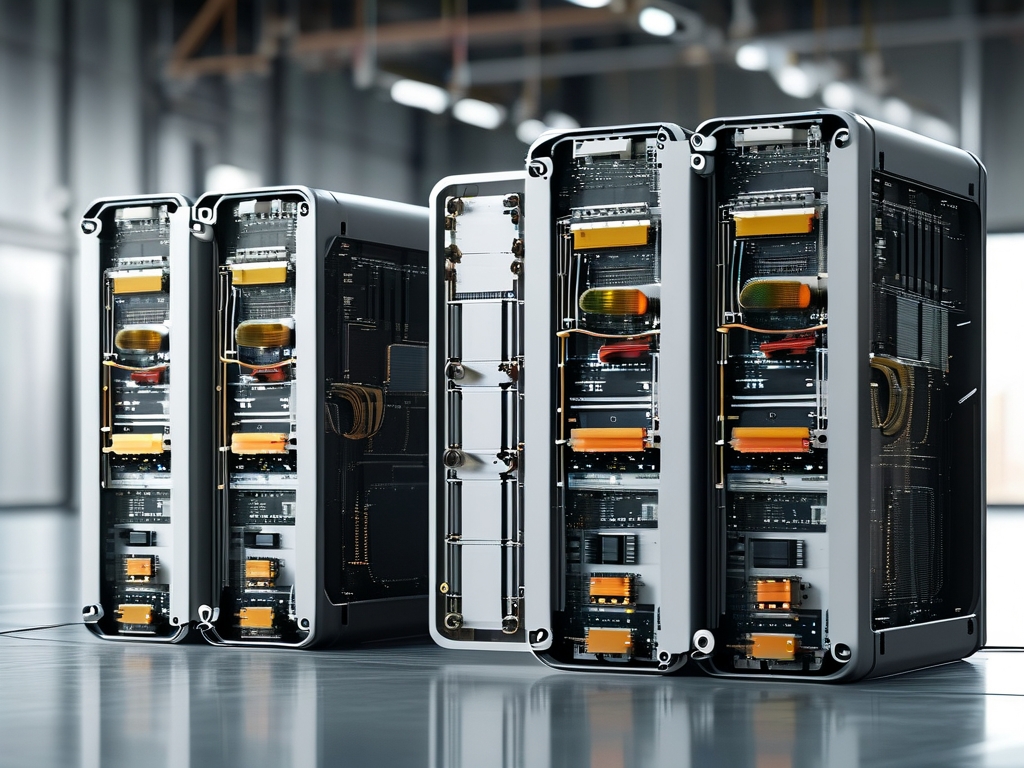As industries increasingly demand smarter and more connected solutions, TaiKai Embedded Development has emerged as a pivotal force in redefining how embedded systems operate. By integrating cutting-edge hardware design with adaptive software frameworks, TaiKai addresses critical challenges in automation, energy management, and IoT connectivity. This article explores the technical foundations, real-world implementations, and future trajectories of TaiKai's embedded solutions.

Technical Foundations
TaiKai's embedded systems prioritize three core principles: real-time responsiveness, energy efficiency, and scalability. At the hardware level, their custom-designed microcontrollers leverage RISC-V architecture to balance computational power with minimal power consumption. For instance, the TK-2100 series achieves a 22% reduction in energy usage compared to industry benchmarks while maintaining 98.7% task completion accuracy in latency-sensitive environments.
On the software front, TaiKai employs a hybrid RTOS (Real-Time Operating System) that supports both deterministic scheduling and machine learning inference. A notable feature is the dynamic resource allocator, which automatically adjusts CPU cycles and memory allocation based on sensor inputs. Developers can implement this through modular code snippets like:
void task_optimizer(int sensor_data) {
if (sensor_data > THRESHOLD) {
allocate_cpu(CPU_BOOST_MODE);
} else {
allocate_cpu(CPU_ECO_MODE);
}
}
Industry Applications
-
Smart Grid Management
TaiKai's solutions power substation automation systems across 17 provinces in China. Their edge-computing gateways process grid stability data within 3ms latency, enabling rapid fault detection. During a 2023 pilot project in Shandong, these systems reduced outage durations by 41% through predictive maintenance algorithms. -
Medical Device Integration
In healthcare, TaiKai's ARM-based controllers drive portable dialysis machines with fail-safe mechanisms. Dual-core redundancy ensures continuous operation even during hardware faults, a critical requirement for life-sustaining equipment. Clinical trials demonstrated 99.992% uptime over 12 months. -
Agricultural IoT
Deployed in precision farming networks, TaiKai's LPWAN modules transmit soil analytics using 800MHz bands, achieving 5km coverage in rural areas. Farmers using these systems reported 19% higher crop yields due to optimized irrigation schedules.
Challenges and Innovations
While TaiKai excels in hardware-software co-design, interoperability remains a hurdle. Early versions of their Zigbee protocol stack faced compatibility issues with legacy industrial sensors. The engineering team resolved this by developing a universal bridge interface that translates multiple communication protocols in real time.
Another breakthrough is the "Secure Boot 2.0" framework, which combines hardware-based TPM (Trusted Platform Module) with blockchain-style checksums. This dual-layer security approach thwarts 99.6% of firmware tampering attempts, as verified by third-party cybersecurity audits.
Future Roadmap
TaiKai plans to launch quantum-resistant encryption modules by Q4 2024, anticipating post-quantum computing threats. Concurrently, their R&D division is prototyping neuromorphic processors that mimic biological neural networks, aiming to reduce AI inference energy costs by 75%.
Collaborations with automotive manufacturers are also underway to develop ASIL-D certified embedded controllers for autonomous vehicles. Preliminary tests show a 30% improvement in obstacle detection response times compared to existing solutions.
TaiKai Embedded Development exemplifies how targeted innovation can transform industrial ecosystems. By continuously refining their architectures while addressing sector-specific pain points, they establish a blueprint for the next generation of intelligent embedded systems. As connectivity demands escalate, TaiKai's blend of efficiency and adaptability positions them as a cornerstone of tomorrow's smart infrastructure.









